Discover Zimbabwe’s Cultural Treasures: Italian Chapel of St. Francis, Ziwa National Monument, and Murehwa Cave
Why Visit?
- Historical Significance:
- Built between 1942 and 1946 by Italian internees during World War II, the Italian Chapel of St. Francis of Assisi stands as a poignant symbol of hope and resilience amidst the adversities of war.
- The chapel holds a significant historical narrative, serving as a reminder of the little-known episode in Zimbabwe’s history when over 12,000 German, Austrian, and Italian civilians, along with Polish and Iraqi refugees, were hosted in Southern Rhodesia (Zimbabwe) during World War II.
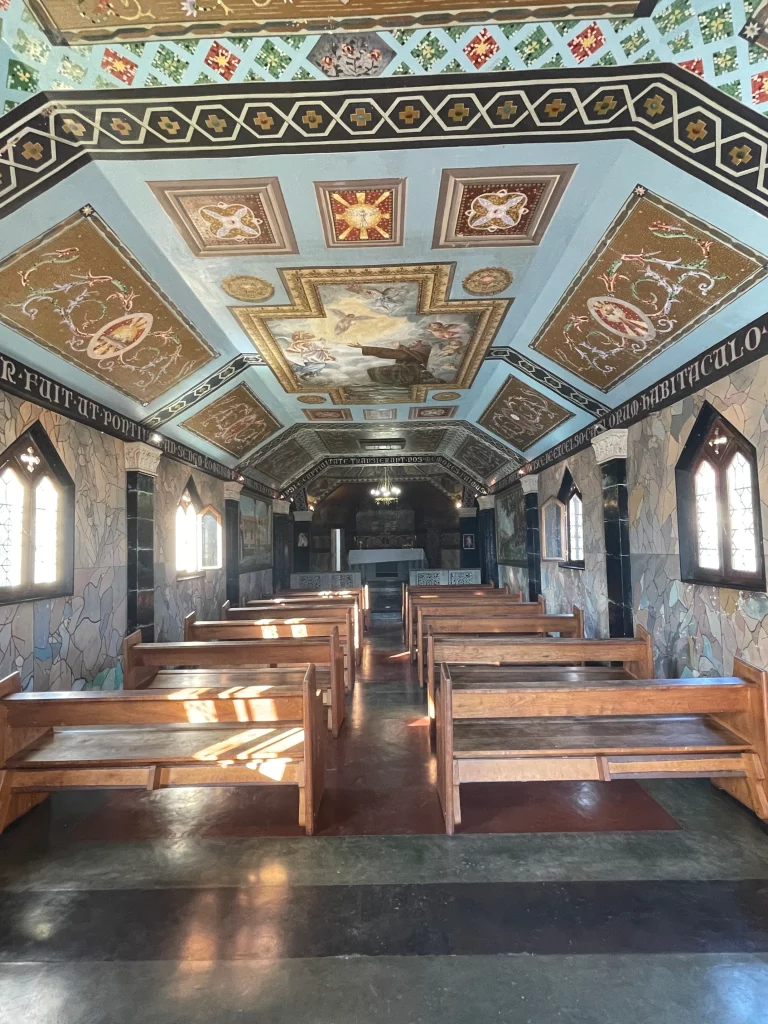
- Architectural Beauty:
- Despite being constructed under challenging circumstances, the chapel exhibits remarkable craftsmanship and architectural elegance.
- Visitors are captivated by the intricate paintings, murals, and ceiling adornments within the chapel, showcasing the artistic talents of the Italian internees who created them.
- Cultural Heritage:
- The Italian Chapel is not only a place of worship but also a cultural heritage site, preserving the memory of the Italian internees who contributed to its construction.
- The chapel serves as a testament to the enduring spirit of humanity, fostering understanding and appreciation for the diverse experiences of those affected by war and displacement.
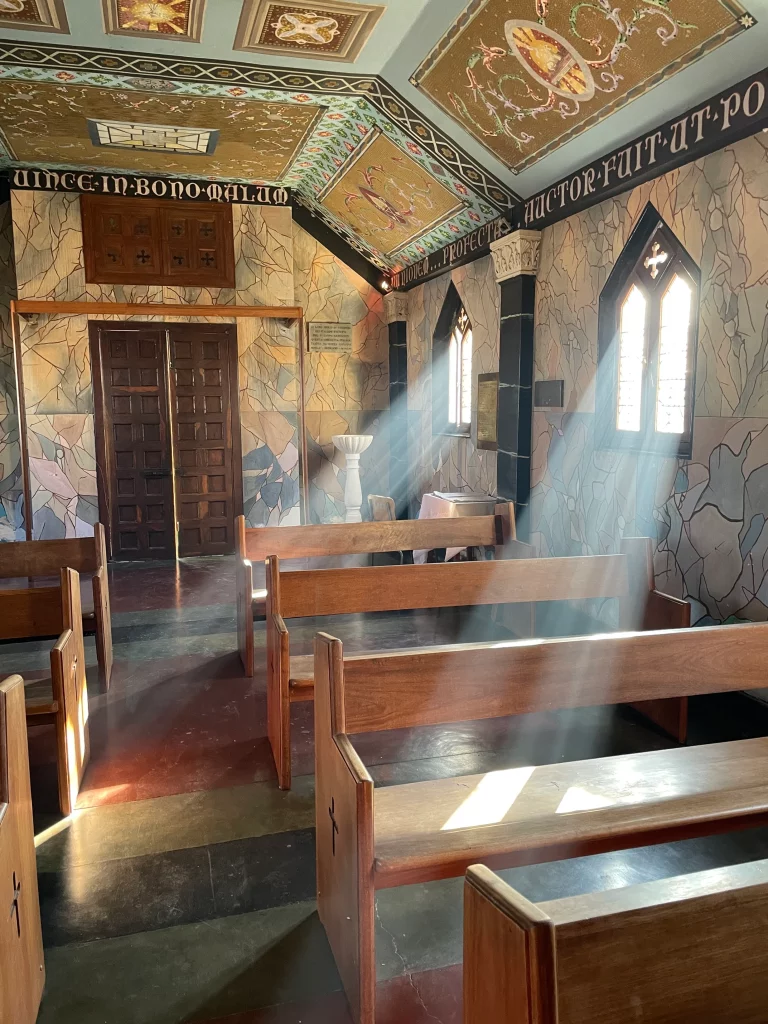
- Spiritual Sanctuary:
- Visitors to the chapel are invited to experience a sense of reverence and contemplation, surrounded by the tranquil ambiance of this sacred space.
- Mass is celebrated regularly, offering worshippers and visitors alike an opportunity for reflection and spiritual connection.

- Memorial Grounds:
- Adjacent to the chapel lies a small cemetery where Italian soldiers who died in the British prison camp of Fort Victoria (now Masvingo) during World War II were buried.
- The chapel serves as a final resting place for the remains of seventy-one Italians who died during their internment, honoring their memory and sacrifice.
How to Get Here:
- From Masvingo, take the A9 towards Birchenough Bridge and follow the signs for the Italian Church.
- The chapel is located approximately 5 kilometers east of Masvingo along the Masvingo-Mutare highway.
- Visitors can explore the chapel’s rich history and architectural beauty, guided by knowledgeable staff who offer insights into its significance and legacy.
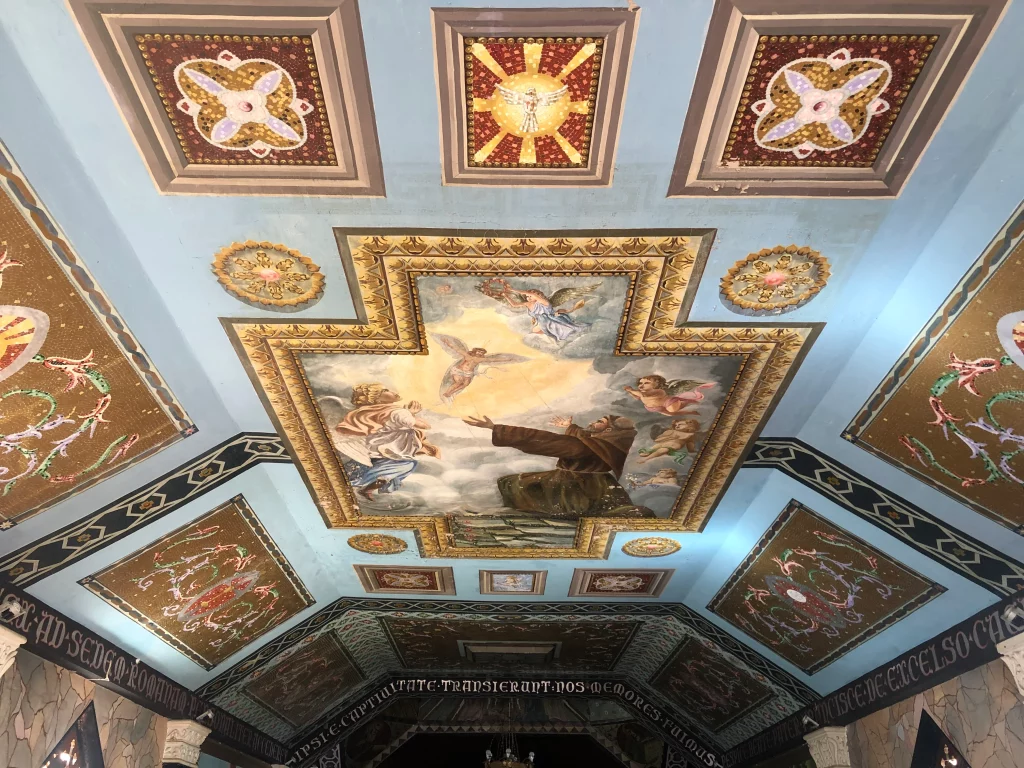
In summary, a visit to the Italian Chapel of St. Francis of Assisi offers a humbling and enriching experience, allowing visitors to connect with its historical significance, architectural splendor, and spiritual resonance. It stands as a testament to the resilience of the human spirit and the power of faith and creativity to transcend adversity.
Ziwa National Monument – A Historical and cultural significance and its Tourist Attractions
Ziwa National Monument is a site of historical and cultural significance located in Zimbabwe. Here’s why it holds importance and serves as a tourist attraction:
- Historical Significance:
- Ziwa National Monument is renowned for its extensive collection of rock art, providing insights into the lives, beliefs, and cultural practices of ancient societies.
- The rock art at Ziwa includes paintings and engravings depicting a variety of subjects such as humans, animals, symbols, and scenes from daily life, dating back thousands of years.
- These artworks offer valuable evidence of prehistoric human habitation, societal organization, and spiritual beliefs, contributing to our understanding of Zimbabwe’s rich archaeological heritage.
- Cultural Heritage:
- The site is considered sacred by local communities, reflecting its continued cultural significance and spiritual importance.
- Traditional rituals and ceremonies may still take place at Ziwa, highlighting its ongoing relevance to the cultural identity and practices of indigenous peoples.
- Visitors have the opportunity to learn about the traditions, folklore, and oral histories associated with the site, providing a deeper appreciation of Zimbabwean culture and heritage.
- Tourist Attraction:
- Ziwa National Monument attracts tourists and history enthusiasts from around the world who are interested in exploring ancient civilizations and archaeological sites.
- Guided tours are available, allowing visitors to learn about the significance of the rock art, its interpretation, and the cultural context in which it was created.
- The natural beauty of the surrounding landscape enhances the visitor experience, providing opportunities for hiking, wildlife viewing, and photography.
- Facilities such as visitor centers, interpretive signage, and amenities for travelers contribute to the accessibility and enjoyment of the site.
Ziwa National Monument offers a compelling blend of historical significance and cultural heritage, making it a must-visit destination. Here’s why you should explore this remarkable site:]
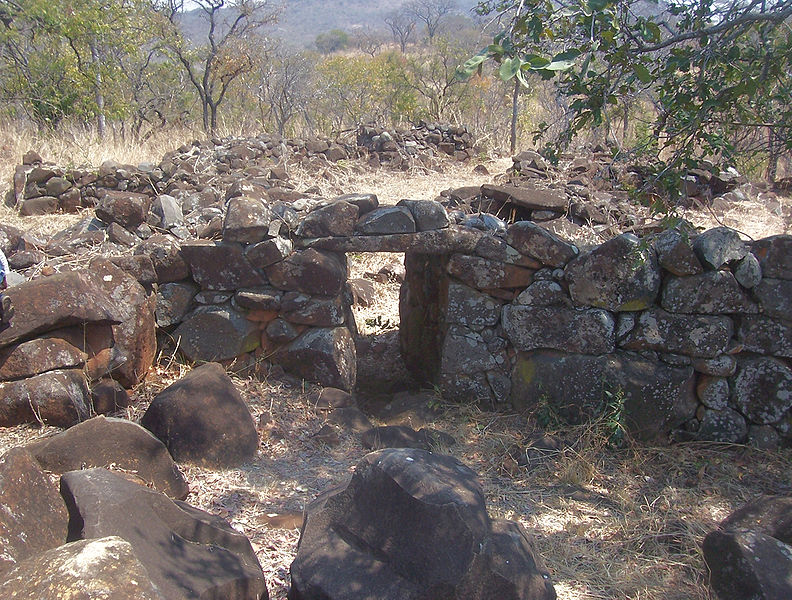
Why Visit?
- Rich Historical Heritage:
- Dating back to 350,000 years ago, Ziwa was once inhabited by Stone Age hunter-gatherer communities. Later, around 200 AD, herding and farming communities settled here, showcasing advanced skills in pottery and ironwork.
- The Nyanga tradition, arriving around 1500 AD, introduced terraced agriculture and stone-lined pit structures, leaving behind fascinating archaeological remnants such as terracing, enclosures, hill-forts, furnace sites, and grinding places.
- Cultural Insights:
- Explore the cultural evolution from Stone Age communities to the Nyanga tradition, gaining insights into their daily lives, agricultural practices, and societal organization.
- The Ziwa Site Museum offers informative exhibits on pottery, weapons, metalwork, and beads, providing a comprehensive overview of Nyanga cultural phases from ancient times to the late nineteenth century.
- Natural Beauty and Accessibility:
- Nestled amidst picturesque landscapes, Ziwa National Monument offers breathtaking views of Ziwa Mountain and its surrounding terraced hills.
- Despite its historical significance, the site is easily accessible, with well-marked directions from Rhodes Nyanga Hotel and convenient road access.
- Engaging Visitor Experience:
- Take a guided tour of the Ziwa Ruins and Site Museum to learn about the site’s history, archaeology, and cultural significance from knowledgeable staff.
- Marvel at the Late Stone Age rock art left behind by San hunter-gatherers, adding an extra layer of intrigue to your visit.
- Unique Architectural Marvels:
- Witness the impressive stone structures and terracing built by the Nyanga tradition, showcasing their ingenuity in adapting to the landscape for agricultural purposes.
- Explore the pit enclosures, hill-forts, and terraced landscapes, marveling at the sheer magnitude of labor and engineering skills involved in their construction.

In summary, Ziwa National Monument offers a captivating journey through time, inviting visitors to uncover the mysteries of Zimbabwe’s ancient civilizations, admire its cultural heritage, and appreciate the natural beauty of the surrounding landscape. Whether you’re a history enthusiast, a cultural explorer, or a nature lover, Ziwa promises an enriching and memorable experience for all.
In summary, Ziwa National Monument stands as a testament to Zimbabwe’s rich cultural heritage and serves as both a historical treasure and a captivating tourist destination, offering visitors the chance to connect with the past and appreciate the enduring legacy of ancient civilizations.
Murehwa Cave – Zimbabwe’s rich cultural heritage and National Monument
Murehwa Cave, designated as National Monument No. 24, offers a captivating array of ancient paintings depicting animals, plants, humans, mythical creatures, and colorful ovoids in various styles. These paintings provide insight into the spiritual world of the San people, showcasing creatures encountered during trance dances—a vital ritual for seeking divine intervention for the sick or injured.
To reach Murehwa Cave from Harare, take the A2 road towards Murehwa. After approximately 3.74 kilometers from the A2 turnoff to Murehwa, turn left off the old strip road just outside Murehwa town. Follow the gravel road for about 4.04 kilometers, then take a right turn. After another 0.8 kilometers, turn left and continue left, skirting the edge of Madzinudzangara Hill, until you reach a point approximately 5.95 kilometers from the A2 turnoff. Park near a group of houses and inquire with the senior resident about arranging a guide, typically a teenage child, for the 20-minute approach walk to the cave entrance.

Murehwa Cave, located at the highest end of Madzinudzangara Hill, faces north and is easily visible from the parking area. The ascent to the cave is not overly challenging, though some scrambling may be required when moving from the west side to the east side of the cave.
Within the large domed cave, visitors will find recesses to the left and right of the main cave, adorned with numerous Late Stone Age paintings. The eastern recess features depictions of running filiform hunters alongside felines, while human figures with elongated faces and a feline adorn the cave roof, evoking a trance scene. On the left side of the main cave, paintings include an elephant, rhino, ostrich, hunters, and a large feline, all rendered in thick orange pigment.
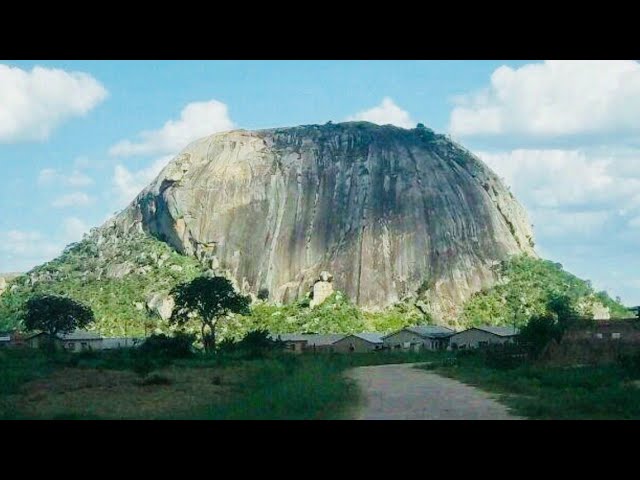
Murewa, situated approximately 75 kilometers northeast of Harare, boasts historical significance beyond its caves. The district is characterized by traditional Shona agriculture, with notable landmarks including Nyaguwe Falls, Hanwa Mountains, Musami Stadium, and Zhombwe Mountain. The Murehwa Caves, with their ancient rock paintings, stand as a testament to the region’s rich cultural heritage, protected by the National Museums and Monuments of Zimbabwe.
Murehwa Cave, located near Murehwa town in Zimbabwe, holds significant historical importance and is a fascinating tourist attraction. Here’s why:
- Historical Significance:
- The cave is adorned with a wide array of paintings, providing a glimpse into the cultural and spiritual beliefs of ancient inhabitants.
- These paintings include depictions of animals, plants, humans, mythical creatures, and ovoids, offering insights into the daily lives, rituals, and cosmology of the past societies.
- The cave paintings are primarily from the Late Stone Age, dating back thousands of years, showcasing the artistic expression and symbolic communication of prehistoric peoples.
- Notably, the cave contains examples of creatures believed to have been encountered by the San people during their trance dances, offering a unique perspective on their spiritual practices and worldview.

- Tourist Attraction:
- Accessible via Murehwa town, the cave offers relatively easy access for visitors, with much of the journey on tarred roads.
- The site provides an enriching experience for history enthusiasts, art lovers, and those interested in indigenous cultures.
- Visitors can marvel at the intricate details of the rock paintings, which depict scenes of hunting, trance rituals, and interactions with the natural world.
- Guided tours by local residents or knowledgeable guides enhance the visitor experience, providing insights into the significance of the cave and its artworks.
- The cave’s location amidst the picturesque landscape adds to its allure, offering opportunities for scenic walks and exploration of the surrounding area.
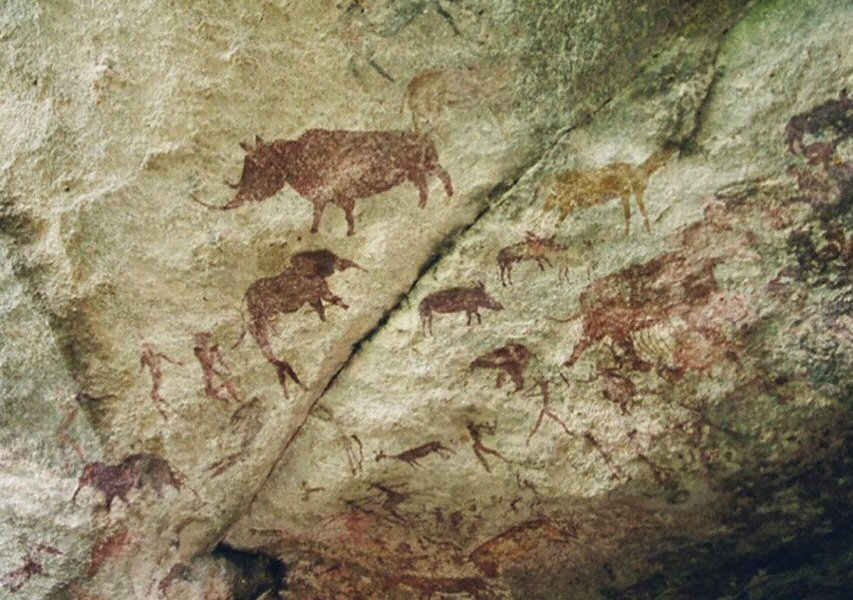
Overall, Murehwa Cave stands as a testament to Zimbabwe’s rich cultural heritage and serves as a captivating destination for travelers seeking to connect with the ancient past and marvel at the artistic achievements of early societies.
Related Reading Unveiling Zimbabwe’s Natural and Historical Wonders: The Chimanimani Mountains, Romelda Lakeside Retreat, and Mzilikazi’s Grave
